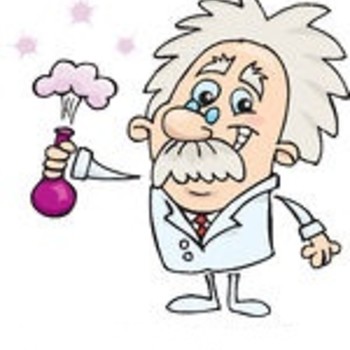At a pressure 47 kPa, the gas in a cylinder has a volume of 12 liters. Assuming temperature remains the same, if the volume of the gas is decreased to 8 liters, what is the new pressure?
1 Answer
Boyles Law problem. Empirical relationship
Explanation:
Boyles Law is the only inverse relationship between gas phase variable of the Empirical Gas Law set. That is ...
For the Empirical Gas Laws the primary variables considered are Pressure (P), Volume (V). Temperature (T) and Mass (n). The macrolevel relationships are defined in terms of 4 'named expressions. Such are ...
Boyles Law =>
=> Decreasing V => Increases P (Inverse relationship)
Charles Law =>
=> Increasing T => Increasing V (Direct Relationship)
Gay-Lussac Law =>
=> Increasing T => Increasing P (Direct Relationship)
Avogadro's Law =>
Boyles Law therefore applies to the posted problem and for two conditions given, the following expression is applied ...
Substituting given data ...
Substituting and solving for
=>
=>
(Note: The decreased Volume (12L => 8L) resulted in an increase in pressure (47kPa => 70.5kPa); consistent with Boyles Law relationship.)

